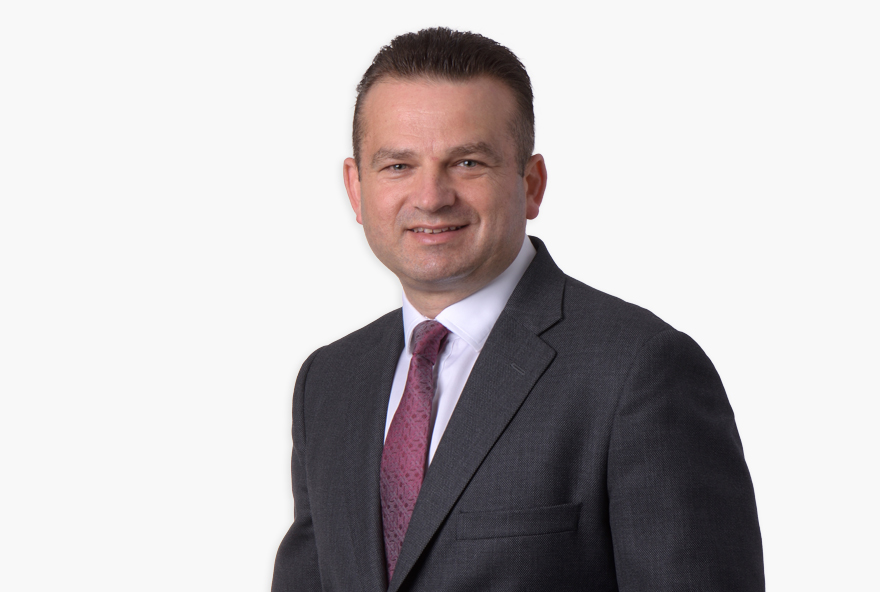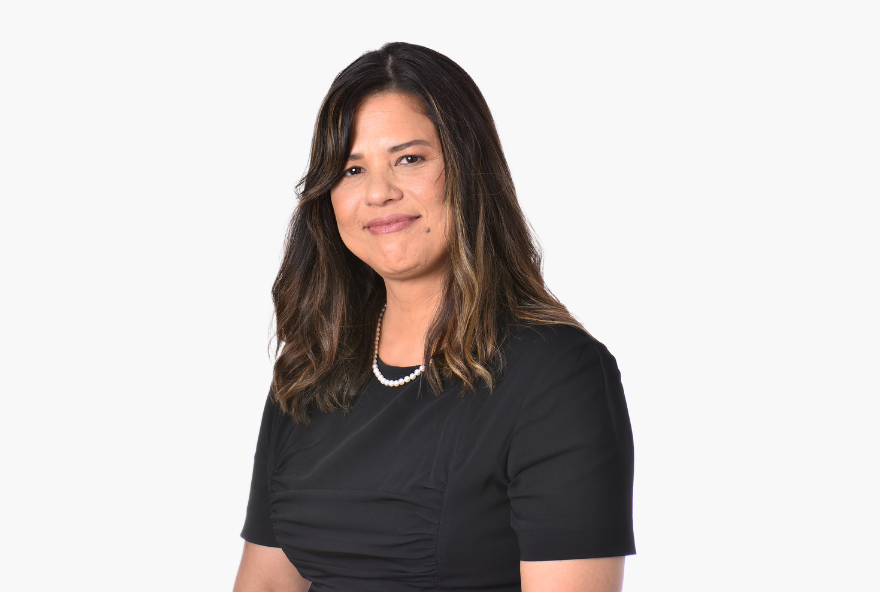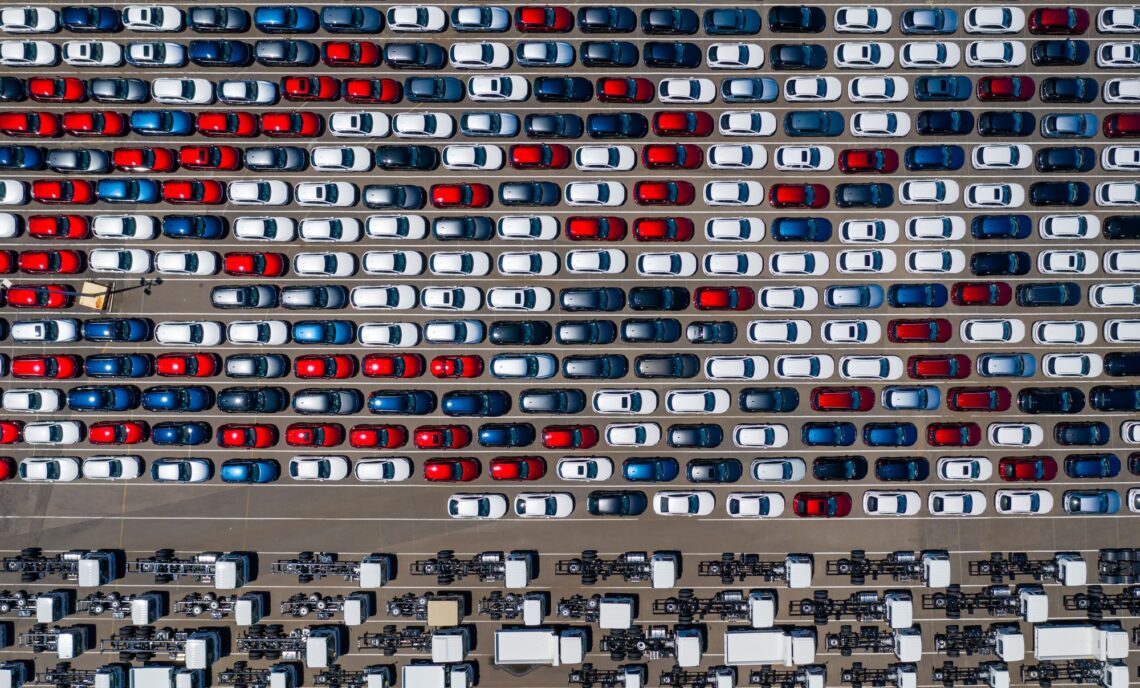
The Australian automotive industry is considered a mature market. The industry is well versed when it comes to financial and operational KPIs with dealers able to rattle off their parts and service absorption, finance income per new vehicle contract, parts gross profit as a percentage of sales, the front and back end contributions at the drop of a hat. The key here is we scrutinise the dealership asset in minute detail, as these metrics form part of a dealer’s standard management accounts. However, what about the other significant asset that belongs to the dealer? What about your property?
In the current paradigm of rising costs and inflation, court cases around legal goodwill, OEMs implementing agency models and more recently, renewed interest by OEMs around facility upgrades, we have noticed that there exists a missing link between dealers’ investment in the land and the buildings and managing that investment. More specifically, the industry doesn’t measure the potential return of the capital investment in the property and let’s face it, if we don’t measure it, how can we manage it?
As such, we have decided to bridge that gap with our property best practice KPIs. This was a ground up process. We started by reviewing the property valuations accumulated from the various buy/sells, audit and consulting projects we worked on and distilled an acquisition cost per square metre for both the showroom and the workshop by capital city (excluding Darwin and Hobart as unfortunately, we just didn’t have enough information). Then using the rental yield and general lettable areas (by square metre) in these property valuations we were able to then extract a monthly rental cost per square metre. This means we have two property best practice KPIs. One that allows dealers to measure whether they are paying fair value for a property and another that measures the monthly return this property should generate.
| Metro | Acquisition cost (per m2) |
|||
| City | Min | Max | Min | Max |
| Brisbane | $6,000 | $10,000 | $3,500 | $5,500 |
| Sydney | $8,000 | $12,000 | $4,000 | $6,500 |
| Canberra | $6,500 | $10,500 | $3,500 | $5,800 |
| Melbourne | $7,000 | $11,000 | $3,800 | $6,000 |
| Adelaide | $5,500 | $9,000 | $3,000 | $5,000 |
| Perth | $5,800 | $9,500 | $3,200 | $5,200 |
| Metro | Monthly rental cost (per m2) | |
| City | Average | Average |
| Brisbane | $55 | $35 |
| Sydney | $70 | $55 |
| Canberra | $60 | $30 |
| Melbourne | $65 | $45 |
| Adelaide | $55 | $30 |
| Perth | $65 | $45 |
What this means is that for a Sydney dealer, it costs $2,450 per month in rent to display one vehicle and it costs $1,856 per month in rent for one service bay.
| Metro | Monthly rental cost of 1 vehicle display (per m2) | Monthly rental cost of 1 service bay (per m2) |
| City | Min | Min |
| Brisbane | $1,925 | $1,181 |
| Sydney | $2,450 | $1,856 |
| Canberra | $2,100 | $1,013 |
| Melbourne | $2,275 | $1,519 |
| Adelaide | $1,925 | $1,013 |
| Perth | $2,275 | $1,519 |
But we took it one step further and created a property best practice KPI linked to operations, namely “gross per customer transaction after rent.” Essentially, it is the gross that is leftover after each customer interaction after rent. For the showroom, this is the gross per new or used unit sold less rent and for the workshop, this is the gross per repair order less rent.
This KPI is forward looking as it places customer interactions at its centre (i.e. number of vehicles sold, number of repair orders sold) but by subtracting rent we’ve made it an equal playing field for dealers to compare and focus only on the grosses. We did this for two reasons, first being rent is a fixed expense and by its nature isn’t something that can be changed in the short term. Through our analysis we noticed that the best practice dealer was significantly better at monetising these customer transactions and have a higher frequency of transactions.
Dealers need to decouple the concept of volume to only include new vehicles. The easiest way for a dealer to increase their unit volumes is through used cars. Which leads us to our second reason for making it all about gross, the best dealers put simply, gross better and more often.
| Metro | For the average dealer – gross per transaction after rent | ||
| City | Average | Average | Average |
| Brisbane | $430 | $2,940 | $220 |
| Sydney | $450 | $3,230 | $215 |
| Canberra | $475 | $3,285 | $240 |
| Melbourne | $430 | $2,990 | $215 |
| Adelaide | $410 | $2,755 | $210 |
| Perth | $485 | $3,390 | $240 |
| Metro | For the best practice dealer – gross per transaction after rent | ||
| Metro | |||
| City | Average | Average | Average |
| Brisbane | $585 | $3,670 | $295 |
| Sydney | $610 | $3,955 | $295 |
| Canberra | $635 | $4,035 | $320 |
| Melbourne | $570 | $3,625 | $285 |
| Adelaide | $550 | $3,440 | $280 |
| Perth | $645 | $4,135 | $320 |
You might be wondering, so how does the gross per transaction after rent relate to my business?
Well, what we have found is that rent represents 17% of gross for the average dealer and 10-11% for the best practice dealer. Rent representing 10% of gross is not a new concept and is still readily recognised as best practice within the industry (Eagers Automotive referred to a 10% rent to gross profit ratio in their Analyst and Investor Event Material published on 11 June 2024), but it’s important to note that for the average dealer, the rent as a percentage of gross is 70% higher at 17%. Furthermore, through our analysis, what we have found is that service heavily subsidises the dealership rent due to the higher volume of transactions going through the service department per day as compared to the new and used vehicle departments.
| Metro | For the average dealer – rent as a percentage of gross | ||
| City | Average | Average | Average |
| Brisbane | 17% | 21% | 13% |
| Sydney | 17% | 16% | 18% |
| Canberra | 16% | 19% | 14% |
| Melbourne | 17% | 19% | 14% |
| Adelaide | 19% | 23% | 14% |
| Perth | 15% | 16% | 13% |
| Metro | For the best practice dealer – rent as a percentage of gross | ||
| City | Average | Average | Average |
| Brisbane | 11% | 13% | 8% |
| Sydney | 11% | 10% | 11% |
| Canberra | 10% | 12% | 9% |
| Melbourne | 11% | 12% | 9% |
| Adelaide | 12% | 15% | 9% |
| Perth | 9% | 9% | 8% |
Now, to really highlight the difference between the average dealer and the best practice dealer, we want to take you through a worked example.
For the average Sydney dealer, grosses are around $3,843 per customer transaction in the front end. Rent accounts for about 16% of gross which leaves you with $3,230 to cover the likes of floorplan interest, advertising and salaries and commissions. Assuming the average cost per unit is $50,000 and you pay an interest rate of 6.5% with 90 days stock, you only spend $400 per unit on advertising and your salesperson earns an annual wage of $120k including commissions while selling you 12 units per month, you would be left with about $1,184 gross.
However, for the best practice Sydney dealers, grosses are $4,392 per customer transaction in the front end. Rent accounts for 10% of gross which leaves $3,955 to cover floorplan interest, advertising and salaries and commissions. Again, using the same average cost per unit of $50,000 (this is a cost that you cannot readily influence) and you pay an interest rate of 6.5% but with 60 days stock (instead of the 90 days per the previous example as you are a best practice dealer), you still only spend $400 per unit on advertising and your salesperson earns an annual wage of $150k including commissions but is selling you 15 units per month (instead of the 12 units per above, again, as you are a best practice dealer) you would be left with about $2,180 per unit gross.
A difference of $996 multiplied by 63 units per month (which is the average units per month per dealership for the top 15 brands by volume year to date) generates you $62,748 in additional gross per month or $752,976 per annum. Not a small number.
How do we then convert this example on paper into tangible ideas to improve my business? Let’s take a better look at it, remembering the gross per customer transaction KPI is all about people and process, increasing productivity and thereby reducing per unit costs. Here’s our top 10 ideas:
- Consistent product and “a road to a sale” training – the best dealers train their team daily whether it be product training or your dealership’s version of a “road to sale.” Remember, customers spend more time researching the vehicle and only visits 1.6 Dealerships before buying a car (source: The Journey to Vehicle Ownership 2021 – Carsales), so anytime your Sales team interacts with a customer it’s likely to be at the transactional end of the funnel.
- Keep the OEMs accountable – do the reconciliation between stock orders, when the manufacturer said it would arrive versus when it does arrive. With the abundance of stock in dealer pipelines, it’s not in the OEM’s favour to let dealers know that vehicles are arriving faster than expected (potentially due to the cessation of global shipping delays, clearing of backlogs at port etc.) you must use your influence via the dealer councils to keep them honest for the sake of your floorplan interest.
- Order vehicles based on future supply – better understand future production availability; what will there be an abundance of, and which models will have a shortage. Essentially, what we’re saying here is stock one less vehicle than the market demand. Also, if you’re not on a first name basis with the national planning manager, you should be!
- For stock orders, order the minimum requirement to keep the manufacturers happy and your holding costs to a minimum. Remember, there will be free stock as OEMs will likely be committed to their factory order despite what dealers order. As such, there will likely be free stock especially in the short to medium term as it continues to be a demand push market.
- Problem stock should be front and centre in your showroom. De-spec’d vehicles, funky colours, mis-builds, run out models should be the highlight of your showroom, not the vehicle with a 16 month wait that no one can get their hands on.
- Remove all new cars from in front of the glass and replace with used cars. This will increase their volume. The private-to-private used car market accounts for 50% of the used vehicle market (or 36% of the total new and used vehicle market) in Australia. Are you doing your fair share?
- Ensure your used vehicles are bought and sold within the same market. The used vehicle market is moving swiftly, dealers need to ensure that they have reconditioned the vehicle as quick as possible, or risk being left behind in terms of pricing.
- Loading your workshop to 120% of available hours per day, with a 40% mix of express service and paying your technicians 1 hour of overtime per day to do the extra work will drastically increase the number of repair order throughputs in your service department. Importantly all at 65-70% gross.
- Recent studies indicate that customers are holding their vehicles longer than previously, moving from the 2-4 year age bracket to now the 4-7 year age bracket. With this comes an opportunity for dealers to service older more profitable vehicles but the problem is trying to keep them in your service department. We have seen some success with dealers who have implemented their own “mechanical protection plan” whereby the customer is entitled to free replacement mechanical parts on their older vehicle if they continue to service with your dealership. (Refer to our article Used car ‘black holes’ loom (goauto.com.au) for more details)
- Enrol in the Pitcher Partners Dealer Institute – we offer a hands-on training program for dealers and departmental managers to identify tangible ways to improve dealership profitability. Contact Pitcher Partners Motor Industry Services to enrol today.
We see the future uses of the Property Best Practice KPIs are:
- To evaluate whether a new brand should be added to your portfolio
- To assess whether an existing brand should remain in your portfolio
- To determine whether the next facility upgrade is feasible
- To evaluate whether a dealership is the best and highest use for the property
We urge you to use the best practice property KPIs the next time a new EV OEM comes knocking or an OEM asks for a CI upgrade.
You can:
- Use the acquisition cost KPI to make sure you don’t pay more than market rate for the property.
- Use the monthly rent per square metre to see if the new brand can tolerate paying market rent.
- Use the gross per customer transaction to work out whether this new brand generates enough revenue to warrant its addition to your portfolio.
Or:
- Use the gross per customer transaction after rent to determine whether the corporate identity upgrade that the OEM asks for is worthwhile.
- Use these KPIs to assess whether to keep or hand back an existing brand.
Finally, use these best practice KPIs to determine whether a dealership provides the highest and best return on investment on your property or whether its better used for something else altogether.
Reach out if you would like assistance determining which path is best suited for you.







